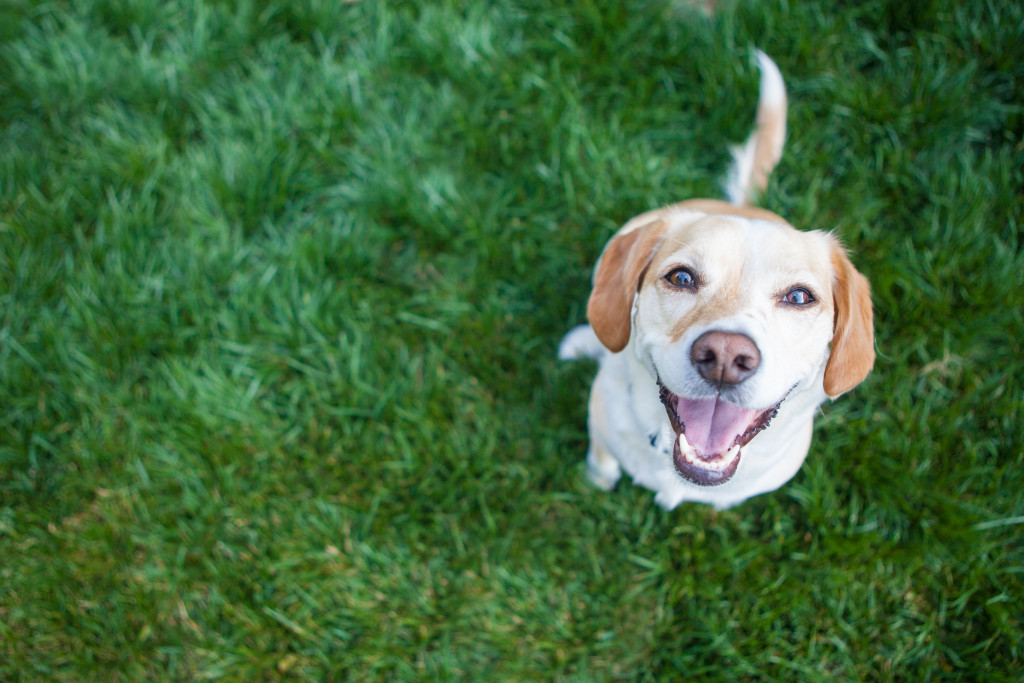Obedience training can be a lot of fun! If you’re just getting started with training your dog, there are a few things to keep in mind that will help make the whole process easier and much more enjoyable.
Several dog owners have misconceptions that obedience training is only necessary for dogs with behavioral problems. While that’s true in some cases, there are many more benefits associated with having your dog learn obedience commands—even well-behaved pups. Learning these commands also shows that you, as their owner, are an authority figure they can trust. It can also improve your relationship and help keep both of you safe if you’re alone in public areas where there are other animals or people around. Here are six helpful tips to get started on obedience training.
1) Good communication

Good communication is important for many reasons; one of which is that if your dog doesn’t understand you, they won’t behave. Dogs do what works — so if they aren’t sure what you want them to do, they’ll figure it out themselves. Ensure good communication with your pup by using body language and being consistent with commands.
The best way to achieve a well-trained dog is through positive reinforcement training. Never yell at or hit your puppy. By instilling fear in your dog, you will harm their ability to learn effectively, as well as damage their trust in you as a leader and educator. Positive reinforcement focuses on rewarding desired behavior rather than punishing unwanted behavior.
2) Use Positive reinforcement
Your dog may have a few behavior issues that crop up when you’re first trying to train him. If he gets excited, starts barking, or jumps when guests come over, it can make it difficult for your visitors and even hurt his feelings. Using positive reinforcement during training can help your dog learn that good behavior means getting something he likes (such as treats), and bad behavior results in nothing.
3) Consistency is Key
Set aside sometime every day or every week (as needed) to work with your dog. If you can get a friend, family member, or neighbor involved in training sessions with your pet, so much the better. Everyone should know how to read and respond properly to cues like sitting and down. Don’t worry about formal classes, do some simple obedience at home so you can all learn what it means when Rover does something right. Start by practicing commands during walks and then gradually incorporate them during other times of the day. You might be surprised at how fast your dog catches on!
4) Avoid Punishment
The first thing you should know about dog training is that you never want to punish your dog. Punishment-based training works against you and simply teaches your pet how to avoid being punished in the future. Use positive reinforcement techniques instead, and watch as your dog becomes a well-behaved, happy companion that loves being around you! What rewards will you use? It doesn’t take much to reward a dog for good behavior: A pat on the head or tummy; treats like doggy ice cream or pieces of bacon are always favorites; even love will do just fine.
5) Be Patient
It’s easy to want a well-trained dog immediately, but patience is key. Be sure you are committed to taking your time and working through each level of training before moving on to another skill. Once you start, stay consistent: Dedicating at least a half-hour per day, once or twice a week for obedience training will give you time for practice and an opportunity for your puppy to socialize with other people and dogs.
Determine which technique is best for you: There are many techniques for dog training; be certain to choose one that matches your personality and lifestyle. Experimentation may help you determine which techniques work best for you to keep your pup happy and your home safe.
6) Use Tools and Resources
Thanks to a glut of online and offline resources, training your dog doesn’t have to be a time-consuming process. No matter what style of training you opt for, there are tools and resources available that can help, even around your house.
If you have a spacious backyard, have a landscape designer fill it with training aids like tires, or an empty bucket filled with small treats. When it’s time for your pup to work for their dinner, set them up outside in front of these objects and reward them when they show interest in them. It can help them develop positive associations with everyday items around your home. In addition, remember that different dog training styles may require specific tools, such as clickers for the positive reinforcement method.
Once you’ve got a dog, you must learn how to train him properly. This is where most new owners face problems because they don’t have proper information on how to begin obedience training. As long as you have patience and determination, these tips should help get your dog obediently trained in no time!




